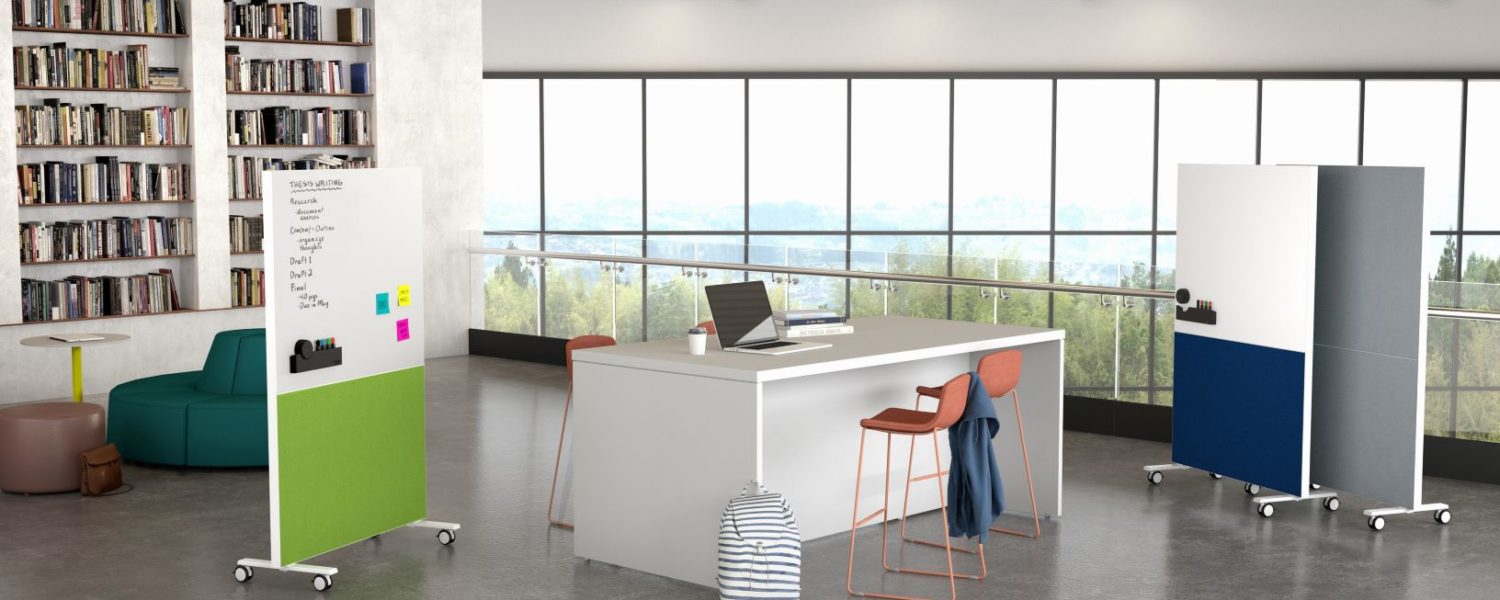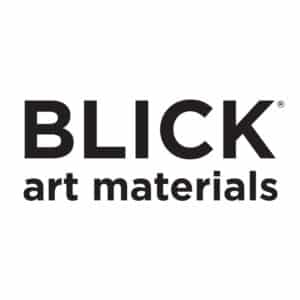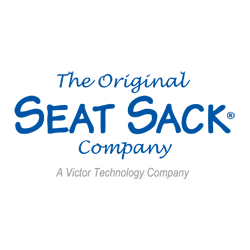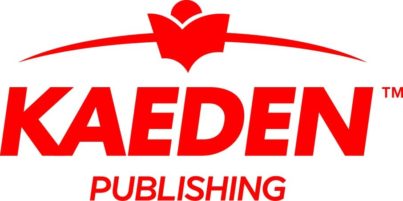Schools are a great leveler. Students have the same desk, work together in the same classrooms, and use the same facilities and technologies on campus.
On the other hand, students without access to ideal or sufficient set-ups at home can often find digital learning less productive and more troublesome than going to school in person.
With the current pandemic and concerns around health and safety at an all-time high, school leaders are working harder than ever to make sure that their in-school facilities are designed to accommodate these unique circumstances so their students can come back to the classroom.
Schools around the world have started reopening, each in their own way but all with noticeable changes, including hygiene stations with hand sanitizer and cleansing wipes, enforced mask and social distancing protocols, even new layouts and barriers between desks.
While the adjustments vary by school district, everyone has some changes that require adaptation. Updates to traditional learning tools have become necessary safety precautions, and new cleaning procedures have been put in place.
As we settle into an altered state of normal, what else can school leaders do to help students and staff adjust to the post-pandemic changes?
No matter the format, education still has to happen for students to continue to learn and thrive; the challenge is doing it safely and effectively.
To mitigate reduced interaction, schools can outfit classrooms, cafeterias and media centers with mobile presentation tools like movable whiteboards and acoustic boards. These learning tools allow for appropriately distanced groupwork and pop-up spaces for smaller classes, while creating comfortable zones for individual work.
Placing space dividers side-by-side can create a smaller “room” for fewer students to create safe separation. Or, adding desk dividers between individual seating can provide a personal whiteboard for students while also creating a safe divide.
Providing agile spaces like these that create a sense of safety and security for students and teachers is essential to performance. The more comfortable the environment, the more effectively students can focus and learn.
By offering a variety of socially distanced set-ups, schools can help create an environment that feels safer and more comfortable for everyone, while ensuring productive learning is still happening.
New presentation products have flooded the market to meet the demand for safe space division, but there are other ways to keep the spread of illness at bay. Switching heavily used surfaces like whiteboards, both traditional and mobile, to a hygienic surface can reduce anxieties around the thought of germs spreading from use.
These hygienic whiteboards use a technology that actually creates a clean surface in less than 24 hours, and they become just one less surface for educators to worry about as vehicles for the spread of germs.
We live in a time when safety is paramount. Keeping surfaces safe cannot be minimized when everyone’s health is at stake. Starting with strategies that include the right surface materials can help reduce the chance of illness and make our world a better, cleaner place to live.
For over 65 years, PolyVision has helped make the world a better place by creating products that enhance visual experiences and connect people to their environments. PolyVision CeramicSteel is used around the world for traditional chalkboard and whiteboard surfaces, modern collaboration products for many of the world’s most influential organizations and architectural walls and cladding for public spaces, www.polyvision.com.









